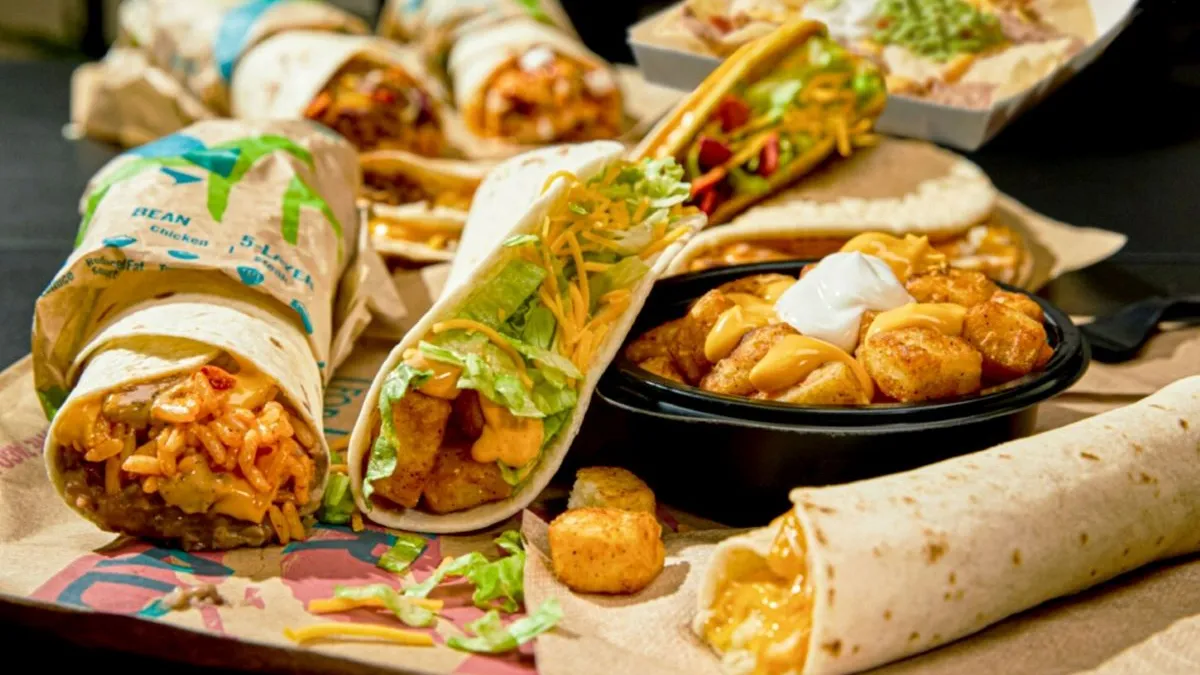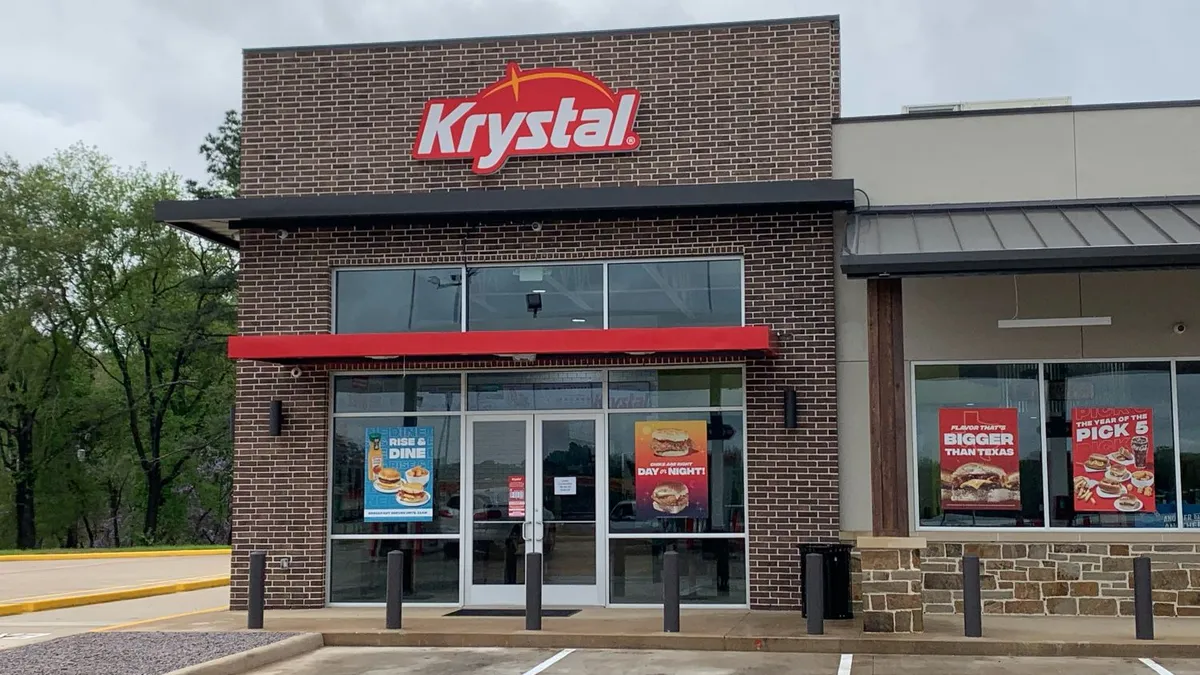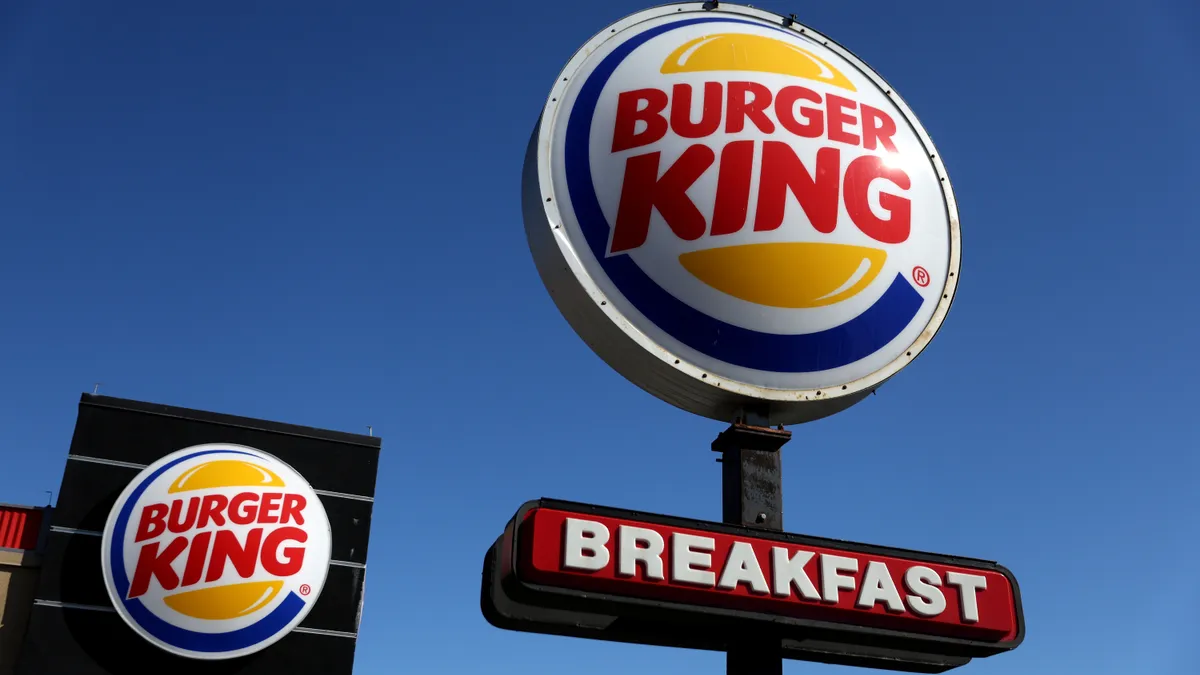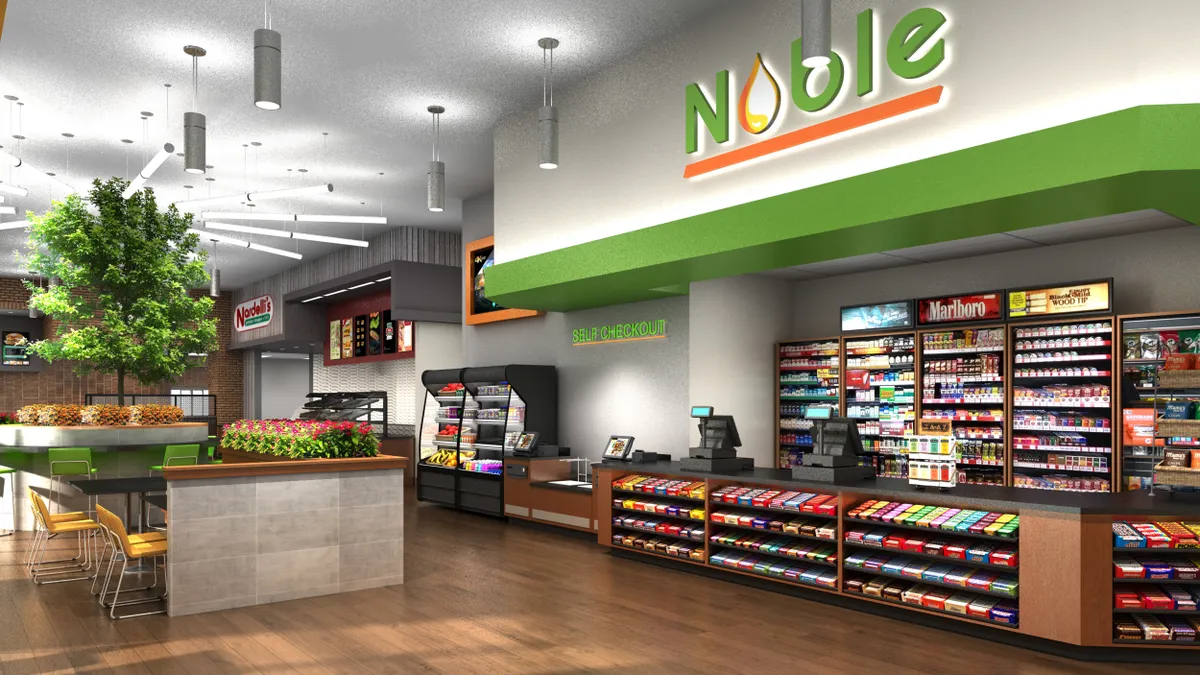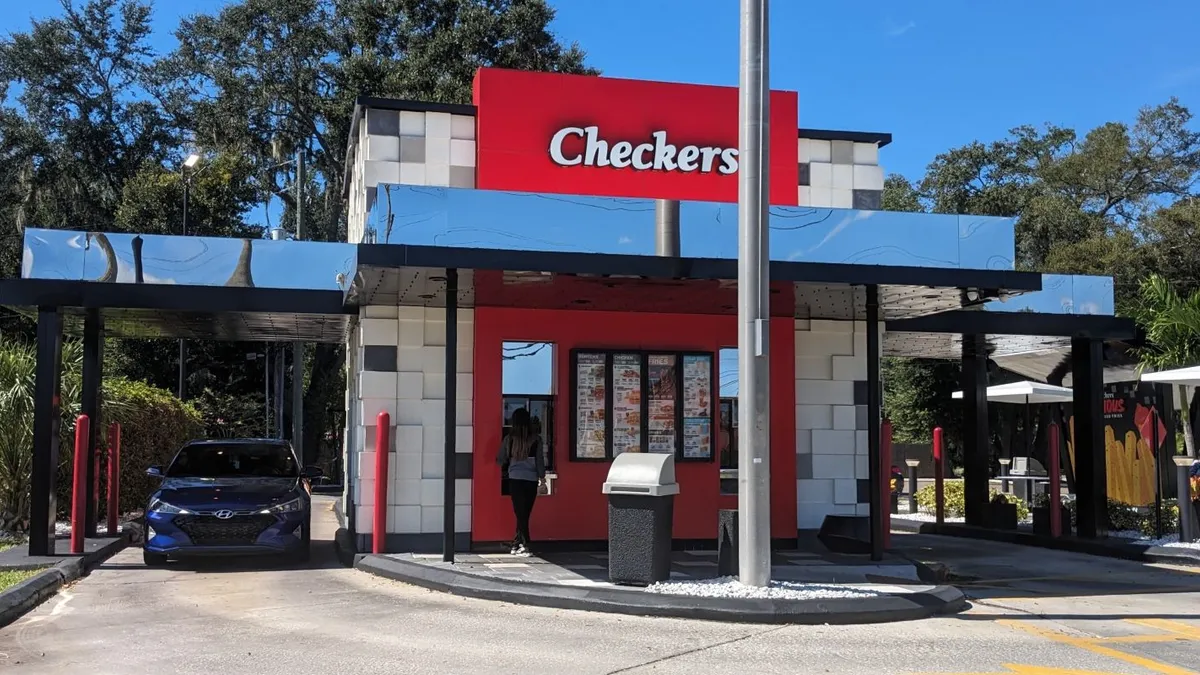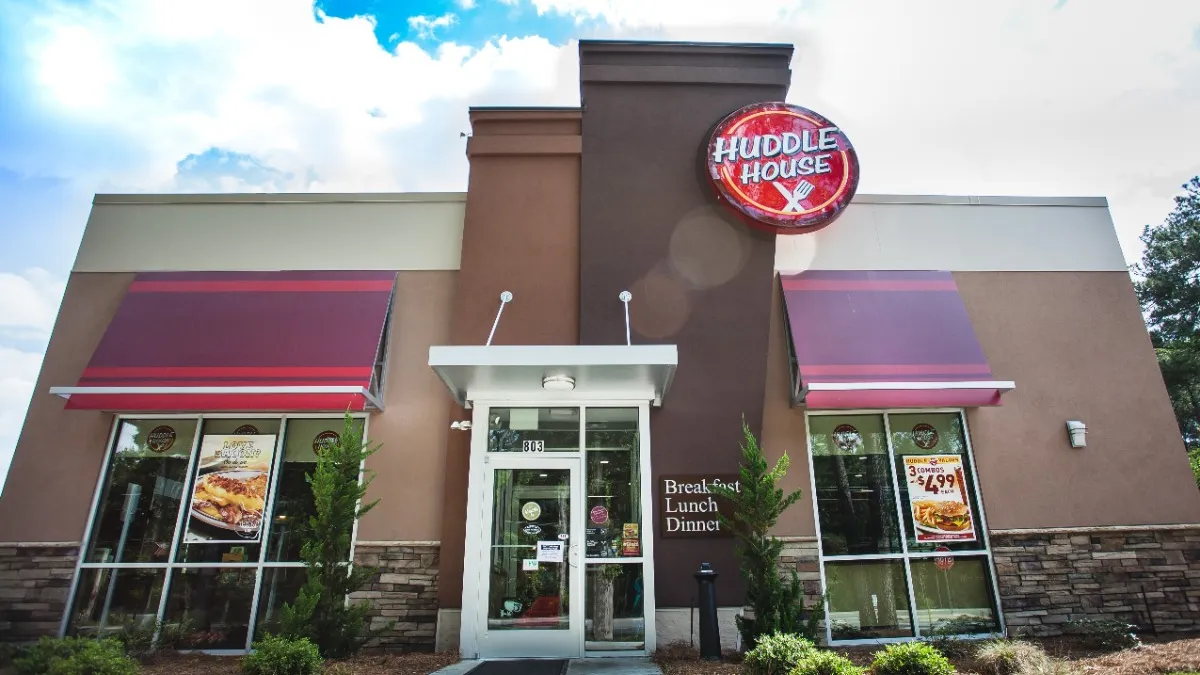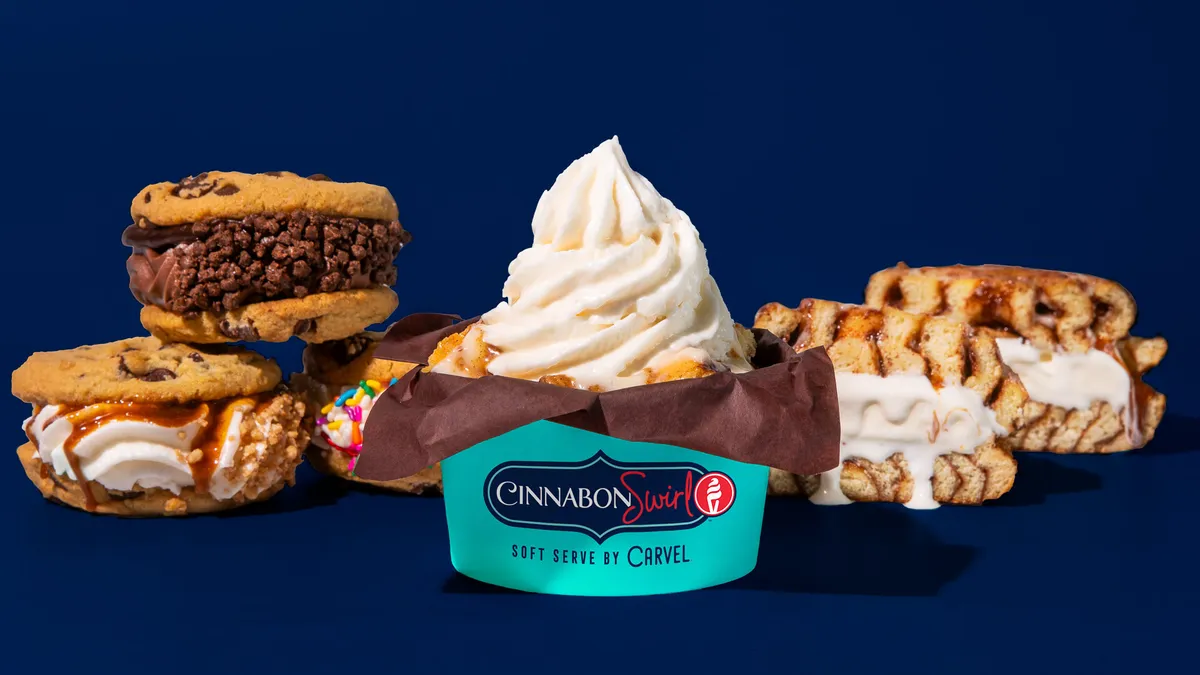While 2023 was the year of fast food price hikes, with chains like McDonald’s and Wendy’s boosting prices to compensate for rising operational costs, 2024 is likely to be the year of value.
BTIG expects value menu offerings at restaurants to increase this year as fast food chains seek to drive traffic, which has been down since 2022. Gravy Analytics pointed to a consumer preference for fast casual restaurants, which offer better ambiance and more varied menus, among the reasons for the traffic shift. Fast food chains also increased prices at a faster pace than full-service chains during this past year, and some, including McDonald’s, started to see a slip in low-income traffic in early 2023.
BTIG pointed to several national advertising campaigns — including Pizza Hut’s $7 Deal Lovers menu, Burger King’s $2.99 wraps and Popeyes’ $5.99 wings offering — as evidence of a push to promote more discounted offerings. In January, Taco Bell updated its Cravings Value menu with six new items.
The QSR segment isn’t the only restaurant increasing menu promotions. Nearly half of restaurant operators plan to provide more special offers this year, and 20% are adding more affordable menu options, per a Popmenu survey of 461 restaurant operators.
The success of these campaigns aren’t guaranteed, however, and chains have yet to see industrywide changes in low-income diner traffic. They also come at a price.
“The heavily-advertised promotions should help larger chains regain share from independents, albeit at a steep cost that should keep restaurant margins muted as they continue to recover from their 2022 lows,” BTIG said in a report emailed to Restaurant Dive.
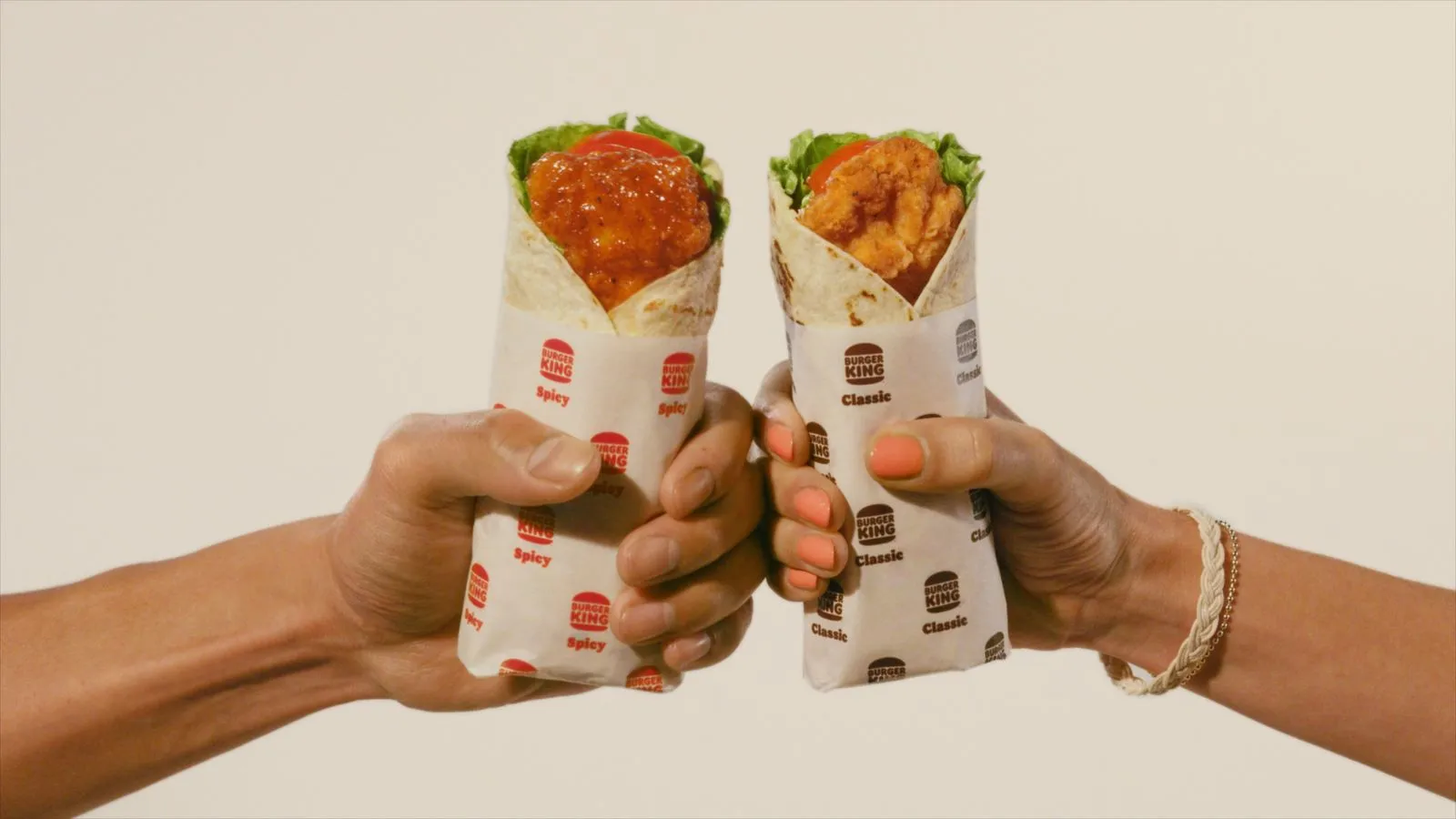
Is value enough to recapture low-income customers?
Value offerings can help bring back some low-income customers that have been pulling back on restaurant spend, but not all chains are seeing similar results. Burger King saw traffic growth from diners with household incomes of less than $100,000 following offers of Royal Crispy Wraps and the Whopper Junior Duo, Restaurant Brands International Executive Chairman Patrick Doyle said during a November earnings call. Doyle added that these value offerings aren’t “recession proof, but they are recession resistant.”
The impact of traffic growth was seen among franchisees, as well. Carrols Restaurant Group, Burger King’s largest franchisee, reported negative traffic for six quarters beginning in Q1 2022, turning its traffic positive during the second half of 2023. Restaurant Brands International bought Carrols for $1 billion earlier this week.
McDonald’s saw its cohort of customers with annual incomes of $45,000 and under visit the restaurant less during Q3 2023. CEO Chris Kempsczinski said during an October earnings call that the chain will continue to monitor this group of customers, adding that value goes beyond just price.
“We are focused on maintaining our value leadership,” Kempsczinksi said. “[Value] incorporates delivering a better customer experience, which we're doing through faster service times, improved hospitality. … And we're seeing great execution, which means consumers are getting hotter, faster, better-tasting food.”
In 2022, Church’s Chicken added a two-piece chicken and biscuit bundle for $2.99. This menu addition was originally a limited-time offer, but was extended into 2023 because it drove a significant number of transactions. The value-focused menu item contributed to one of the best traffic years Church’s has ever had in 2023, CEO Joe Guith said.
“You just can’t beat that price point out there for the most part,” he said.
Church’s guests have average household incomes of about $40,000 and the chain has found success with value offerings. When the chain offered menu innovations at higher price points in the past, guests were deterred by the cost, Guith said.
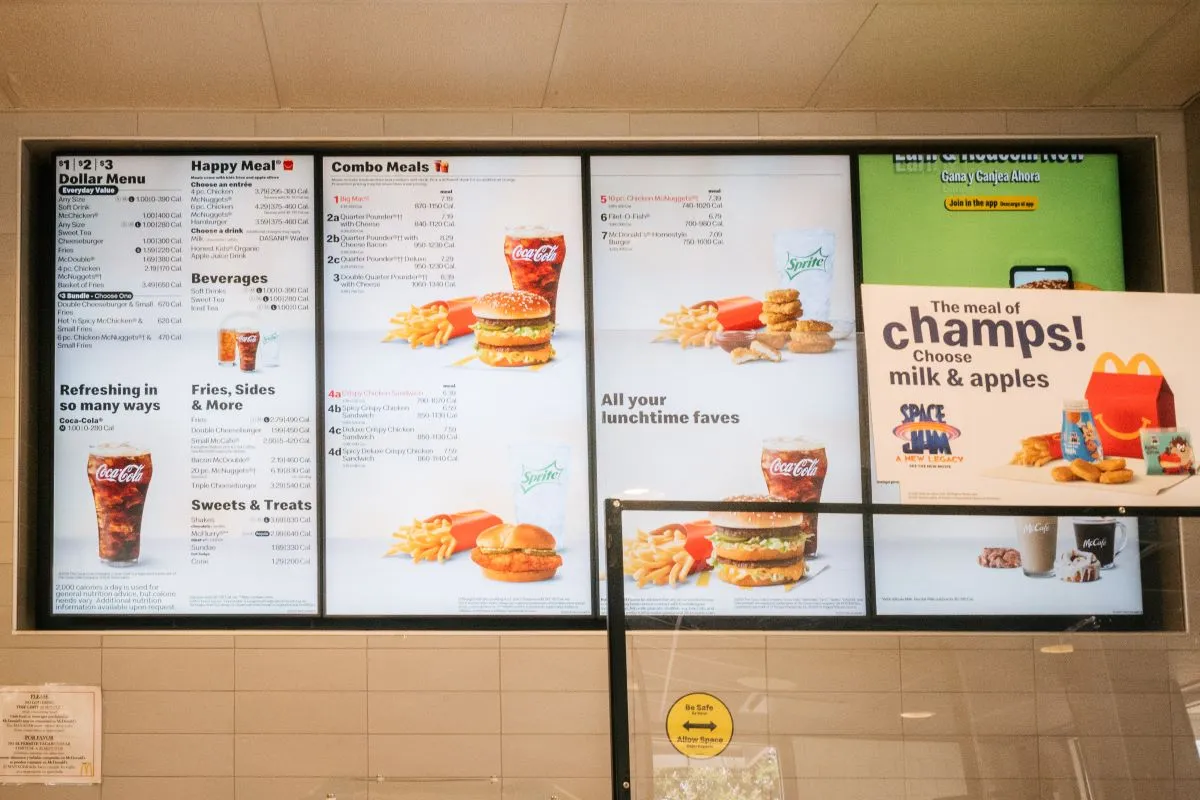
Will value offerings drive enough frequency to bolster margins?
While many chains have said value offerings can help get customers in the door, analysts suggest that low price points may not be enough to boost slumping margins. In a January report, TD Cowen said the value frenzy of 2018 didn’t result in significant improvements to QSR industry performance.
2018 was the year McDonald’s launched its $1, $2, $3 Dollar Menu that later sparked value offerings at Burger King, Jack in the Box and Wendy’s. Burger King offered various value items, like 2 for $6 sandwiches and a 2 Cheeseburger Meal for $3.49, while Wendy’s began offering things like a $1 Double Stack that same year. Jack in the Box offered bundled offerings with prices from $1 to $5, per TD Cowen.
“McDonald's value efforts failed to deliver intended results, with McDonald's U.S. traffic declining 2.2% in 2018,” TD Cowen said. “Anecdotally … franchisees were displeased with the intensified low-margin value strategy. This does not acquiesce with the industry's post-COVID-19 focus on improving franchisee cash flows to accelerate development and remodels.”
TD Cowen said it’s more likely that chains, like McDonald’s, Taco Bell and Burger King, will lean into smartphone apps, digital offers and loyalty programs as a way to provide value versus national campaigns.
“We note the vast majority of quick service restaurants aspire to increase traffic on smartphone apps via digital offers and loyalty incentives,” TD Cowen said. “This is key to enhancing data collection to help improve customer lifetime value via increased ticket and frequency.”
Personalized offers are becoming more effective means of marketing and 64% of restaurant owners said they are sending personalized offers to customers — up from 55% in 2023, according to TouchBistro’s “The State of Restaurants in 2024” report.
Many operators will continue to use loyalty programs as a way to create repeat customers. Sixty-seven percent of restaurants said they offer a rewards program, which are particularly popular among multi-unit restaurants, per TouchBistro’s report. Seventy-seven percent of operators with five to 20 locations said they offer a loyalty program.
Negative traffic may not be totally solved by more value promotions, however. Restaurant analyst Lynne Collier of Water Tower Research said the negative traffic trend, while impacted by low-income consumers pulling back, has more to do with increased restaurant supply.
“Coming out of COVID, we lost a lot of restaurants, so you had this reduction in supply,” Collier said. “Now it’s the opposite. The growth rate accelerated and soon you’re going to have too many restaurants again. … I think that’s going to be a headwind for the industry for the foreseeable future because it’s all about supply. If there’s just too many restaurants, traffic will remain negative.”
That won’t necessarily stop chains like Church’s, which is known for its value, from adding more affordable options. The company also plans to roll out a rewards program early this year that will help the chain deliver even more value, Guith said.
“Going forward, what does [value] look like? It’s being really judicious on moving price on the core,” Guith said. “We’ve done a whole set of work around pricing and menu architecture and we’re going to be engineering all of that over the course of next year.”



